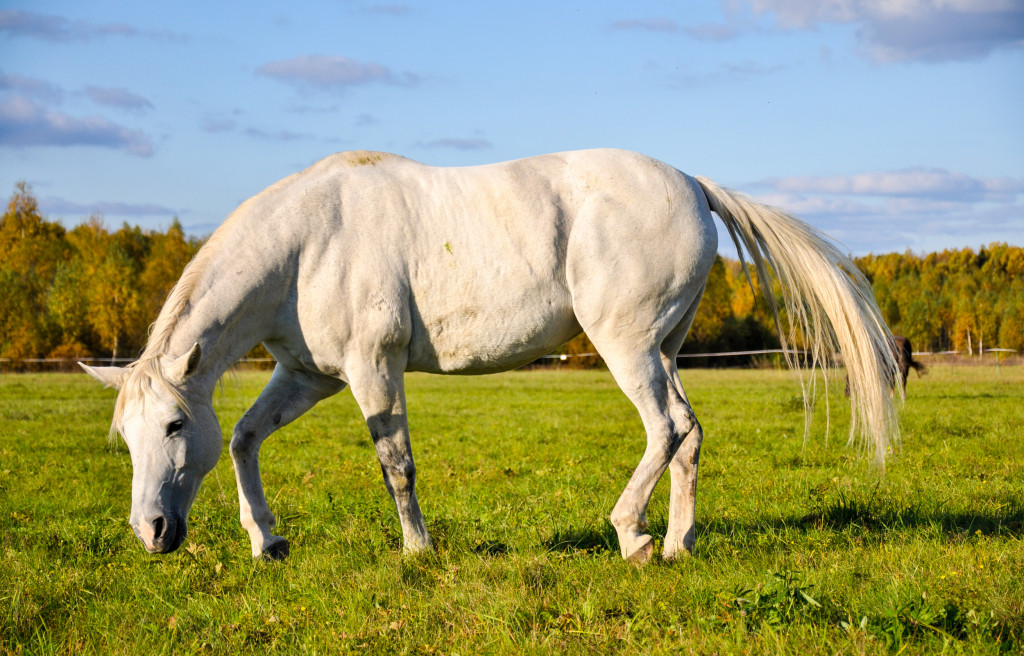A horse tack refers to all the equipment you will require to handle, ride and care for a horse. It is a wide range of equipment and not a single item. Knowing how to use and care for these items will make or break your horse riding experience. That said, here are mistakes every horse owner should avoid when tacking up their horses.
Lack of Grooming
Your horse’s back and girth area accumulates plenty of grit and burrs that become lodged inside the hair coat, especially during winter when the hair is thick. This results in galls, chaffing, or general discomfort, making your horse uncomfortable. Always check and groom the cinch area and the saddle before putting the blanket and saddle pad on the horse.
Horse hooves must always be checked and groomed before tacking up for a ride. Check for items lodged in the hoof, check for the white line disease or thrush that could worsen if not treated. Check for ill-fitting shoes, as they can cause tripping injuring you and your horse. Continuously groom the hooves before tacking and after riding.
Improper Bridling
Poorly done bridling can make your horse head shy, thus exposing you to danger. Always be gentle when placing the headstall over the horse’s ears, as most horses do not like it when you fold their ears. Additionally, the throat latch and noseband should not be tightly done to avoid discomfort. Buckle up correctly to ensure that the bridle does not come off during your ride. Remember that if your horse seems uncomfortable during bridling, the situation will only get worse with every attempted bridling within your ride.
Uncomfortable Biting
The bit should never clank against the horse’s teeth, or pull, pinch or squeeze on its lips. You should also avoid shoving a cold frosty bit inside a horse’s mouth. Doing so makes the horse angry, thus making tacking up difficult. Always check your tack for wear and tear and repair or replace it accordingly. Sharp, rough edges and bit joints that pinch make the horse uncomfortable, forcing it to fight back by misbehaving.

Wrong Cinching
Cinch or girth your horse slowly and carefully, adjusting the tightness to just enough – not too tight and not too loose. Ensure that the cinch and the straps lie flat on a horse. Cinching slowly allows the horse to relax and assume its normal posture for correct fitting. Cinching too fast makes the horse bloat their bellies as you tack them, leaving you with a loose cinch once you start riding. If you prefer to use the western saddle, ensure that the knot lies flat once you are done tying it.
Skipping Regular Tack Inspection
The tack will wear out depending on how much you use it. Always perform a quick tack check before riding your horse. Once in a while perform a thorough tack check to see areas that require your attention. Check for cracked or stretched leather, worn-out buckles and rings, frayed stitches, sharp edges, and any other damage or wear and tear that could lead to non-performance of the bit, bridle, or saddle as you ride.
Also, check for sharp nails under the saddle as they might poke the horse, making it cranky. If your tack seems to require repair on every item, consider replacing it with a new one for you and the horse’s safety and comfort.
Forgetting the Final Check
For safety purposes, check and recheck your high-quality horse tack before mounting. After walking from where you have tacked the horse to where you want to mount from, check whether the cinch has loosened as the horse may have relaxed. Check for twisted reigns, as well as proper adjustment of the breast collars and martingales. If you use an English saddle, ensure that the stirrups lie down on either side to prevent banging on it and sitting unbalanced while riding. A double-check always helps identify something that you could have missed during preparation.
The easiest way to enjoy a hose ride is by ensuring that the animal is comfortable. If a horse seems unsettled, know that there is something wrong, check and correct it. Riding on an irritated horse is dangerous as it is likely to misbehave. Learning how to put on a tack and being gentle will help you avoid this problem.
